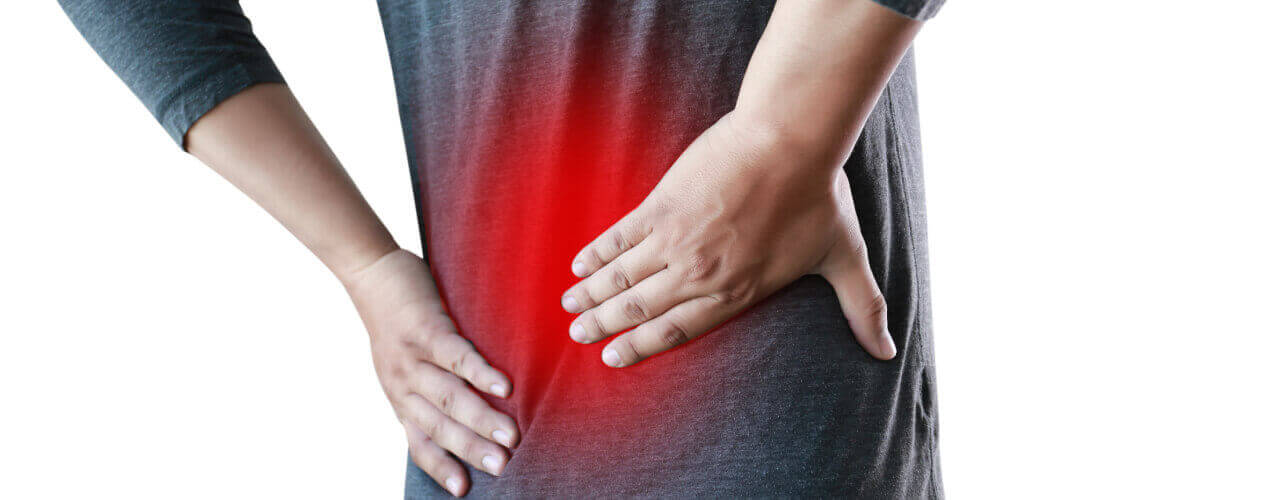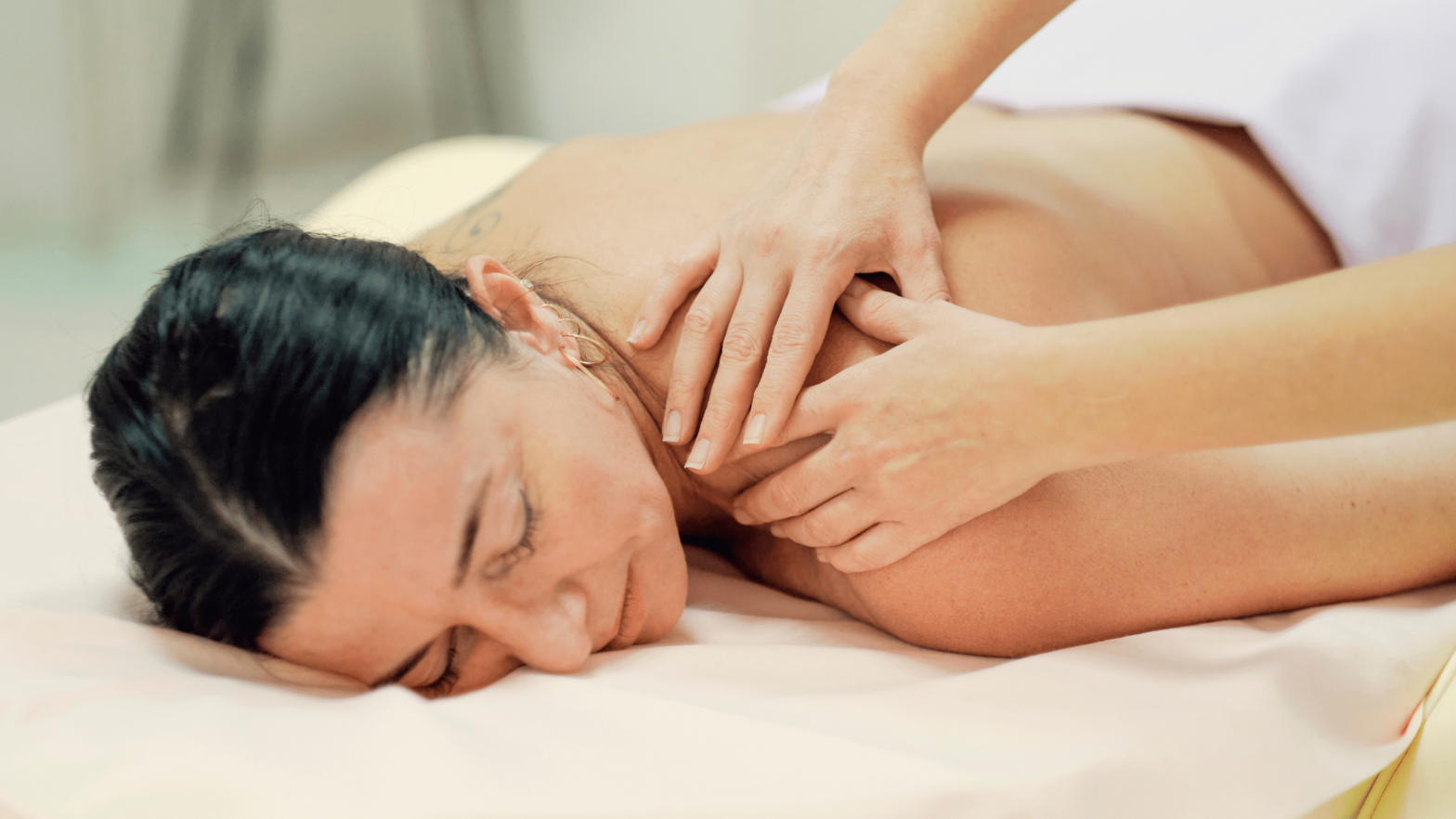Do you have difficulty performing even simple daily activities due to severe back or neck pain? Do you have strange neurological symptoms in your arms or legs that you can’t explain? Has your spine not worked as well as it should since a recent accident?
You could be suffering from a condition known as a herniated disc. But, before you get too worked up about the prospect of major neck or back surgery, know that many cases of herniated discs respond well to physiotherapy and other non-surgical treatments.
To learn more, please contact Mex Physio in Ontario today!
What is a herniated disc?
To comprehend why and how vertebral discs herniate, it is necessary to first understand what these structures are and what they do. A vertebral disc’s outer layer is a disc-shaped container made of cartilage.
The annulus fibrosus is a container that houses a gelatinous inner substance called the nucleus pulposus. Discs are springy, tough, and flexible enough to absorb shock from walking, running, and changes in physical position.
At the same time, they keep their height constant, which helps to support the facet joints that connect and articulate the vertebrae.
Unfortunately, functional failures of vertebral discs can and do occur. Damage or stress can weaken a portion of the annulus fibrosus.
This causes it to expand outward from the spinal column. If the weakened cartilage ruptures, the nucleus pulposus can escape from the disc and land on nearby spinal nerve tissue.
What are the symptoms of a herniated disc?
A herniated disc is easily caused by a sudden trauma that forces your spine out of its normal alignment– but you don’t have to be in an accident to experience this painful problem.
Many herniated discs are the result of a chronic musculoskeletal imbalance or degenerative condition that has been present for a long time. Your herniated disc could be the result of:
- Degenerative disc disease: In this age-related process, the discs lose some of their internal hydration, which allows them to flatten and bulge.
- Postural problems: Years of poor sitting or standing posture may place undue stress on the disc until it finally ruptures.
- Obesity: Extra weight means extra pressure on your spinal discs.
Some additional risk factors that may lead to herniated discs include:
- Physically demanding occupation
- Frequent bending, heavy lifting, or twisting
- Being between the ages of 30 and 50
- Being male
- Obesity
- Smoking
- Acute trauma, such as an auto accident or fall
If you have weak spinal musculature and physical imbalances, a simple twisting or bending motion could cause a disc to herniate.
Herniated discs can cause excruciating, incapacitating back or neck pain. If the discs pinched spinal nerve roots, neurological symptoms can spread to an arm or leg (depending on the location of the disc).
Keep an eye out for back pain that worsens when you sit, as well as pain, tingling, weakness, or numbness in any of your extremities. These are the typical symptoms of a herniated disc.
Physiotherapy treatments for herniated discs
SpineUniverse reports that “Physiotherapy is frequently important in herniated disc recovery.” Its methods not only provide immediate pain relief, but also teach you how to condition your body to avoid future injury.
There are numerous physiotherapy techniques used to treat herniated discs. Deep tissue massage, hot and cold therapy, electrical stimulation (e.g., TENS), and hydrotherapy are examples of passive treatments that relax your body.
Our physiotherapist can confirm the presence and location of a herniated disc by comparing your symptoms to X-rays, postural evaluations, and other factors.
A physiotherapist can help you determine if you have a herniated disc by assessing your medical history and lifestyle, in addition to analyzing your symptoms and performing various tests and measures.
While the most severe cases may necessitate surgery, physiotherapy can assist many patients in overcoming their symptoms naturally.
Physiotherapy for herniated discs focuses on increasing back muscle strength, improving posture, and increasing pain-free flexibility.
Our physiotherapist may recommend that you begin with daily walking before progressing to more strenuous aerobic and strengthening exercises.
Are you ready to find relief?
The sooner we begin physiotherapy for your herniated disc, the better. To schedule an initial evaluation, please contact Mex Physio in Onario today!
Sources:
- https://www.mayoclinic.org/diseases-conditions/herniated-disk/symptoms-causes/syc-20354095
- https://www.moveforwardpt.com/symptomsconditionsdetail.aspx?cid=79ef56df-780e-4ad0-963f-94364404125a
- https://my.clevelandclinic.org/health/diseases/12768-herniated-disc
- https://www.spineuniverse.com/conditions/herniated-disc/physical-therapy-herniated-discs
- https://www.health.harvard.edu/a to z/herniated-disk-a-to-z
Tags: Physiotherapy, MEX Physio, back pain, Herniated Disc, Back Pain Relief



